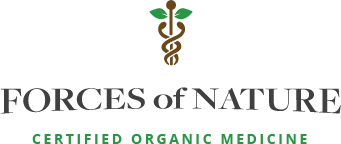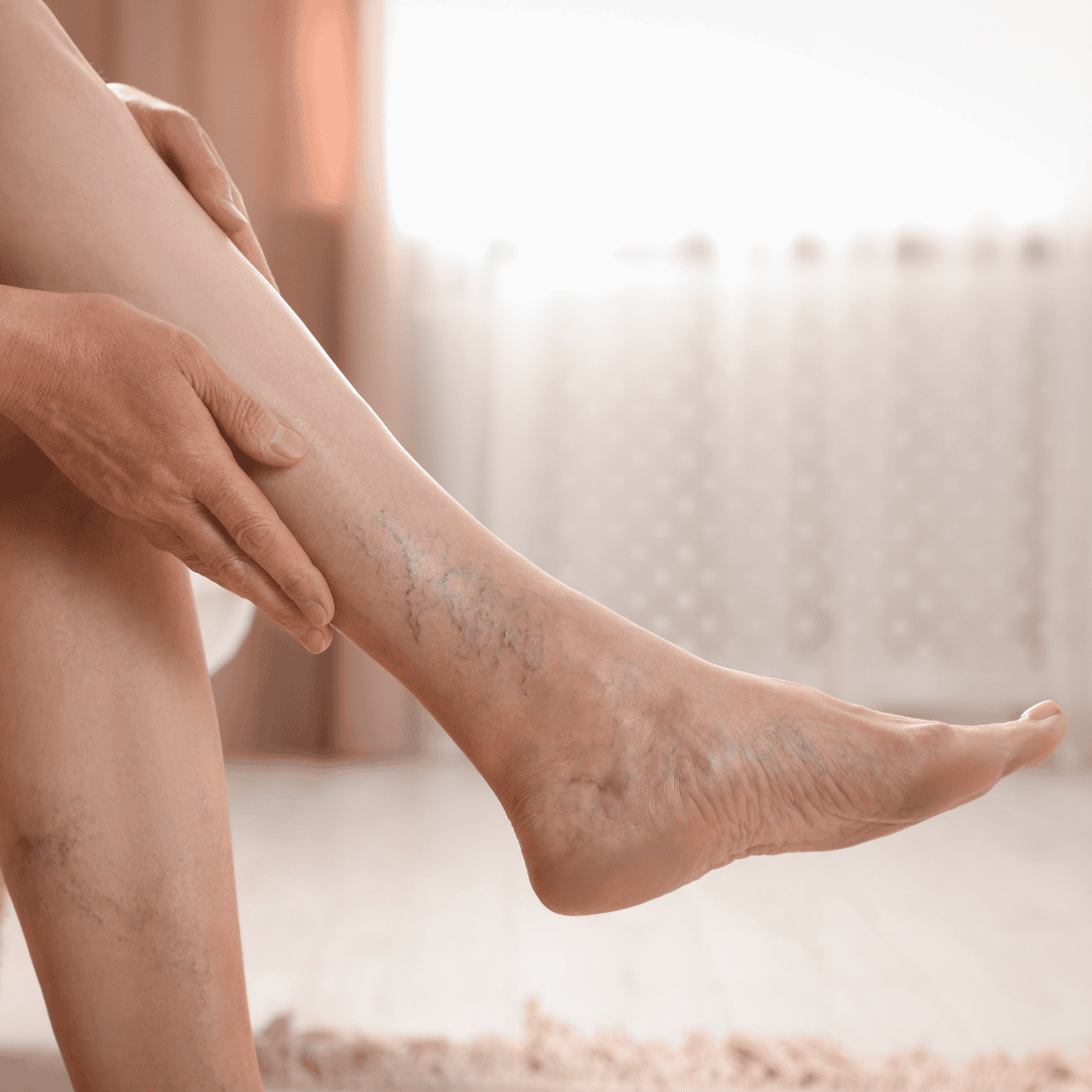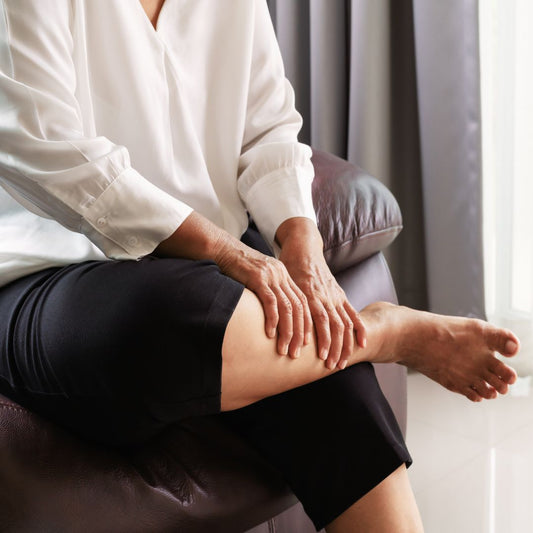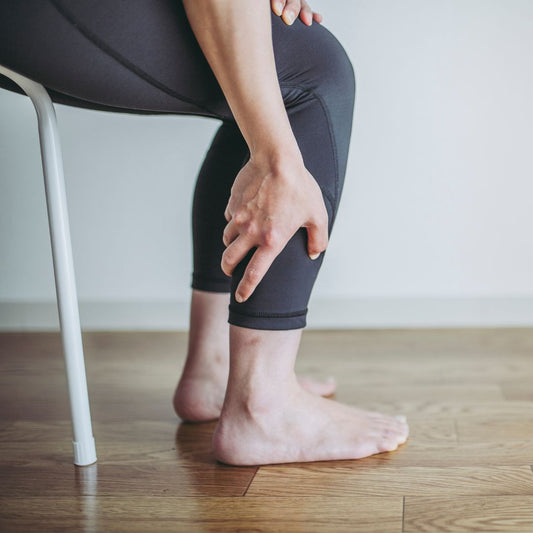By Dr. Peter Klapper Ph.D.,
Spider veins are a common cosmetic and medical concern affecting millions of people worldwide. While they are often harmless, they can cause discomfort and may indicate underlying circulatory issues. This blog explores what spider veins are, their causes, and the best ways to prevent and treat them.
What Are Spider Veins?
Spider veins, also known as telangiectasias, are small, dilated blood vessels that appear near the surface of the skin. They are often red, blue, or purple and resemble a spider web or tree branches. Spider veins commonly occur on the legs and face, although they can develop elsewhere on the body.
What Causes Spider Veins?
Several factors contribute to the development of spider veins, including:
- Genetics – If your family members have spider veins, you may be more likely to develop them.
- Hormonal Changes – Pregnancy, menopause, and birth control pills can affect vein health.
- Prolonged Standing or Sitting – Occupations that require extended periods of standing or sitting can lead to poor circulation and increased pressure in the veins.
- Obesity – Excess weight puts additional pressure on your veins, making them more susceptible to damage.
- Sun Exposure – UV rays can damage the skin and weaken blood vessels, especially on the face.
- Aging – As we age, our veins lose elasticity, making them more prone to dilation.
How to Prevent Spider Veins
Although spider veins can’t always be avoided, certain lifestyle changes can reduce your risk:
- Stay Active – Regular exercise, such as walking, swimming, or yoga, promotes healthy circulation and strengthens veins.
- Maintain a Healthy Weight – Managing your weight can minimize pressure on your veins.
- Elevate Your Legs – Raising your legs when resting can improve circulation and prevent blood from pooling.
- Wear Compression Stockings – These help support blood flow and reduce the likelihood of developing spider veins.
- Protect Your Skin – Use sunscreen to prevent UV damage and wear protective clothing.
Effective Treatments for Spider Veins
If you already have spider veins, various treatments can improve their appearance and alleviate discomfort:
- Sclerotherapy – A common procedure where a solution is injected into the veins, causing them to collapse and fade over time.
- Laser Therapy – Uses intense light energy to target and break down spider veins without damaging the skin.
- Radiofrequency Ablation – A minimally invasive technique that delivers heat to the affected veins, causing them to shrink.
- Natural Remedies – Herbal treatments such as horse chestnut extract and witch hazel may help strengthen veins and reduce symptoms.
When to See a Doctor
While spider veins are typically a cosmetic concern, they can sometimes indicate an underlying venous insufficiency. If you experience pain, swelling, or changes in skin color, consult a healthcare professional for further evaluation.
Conclusion
Spider veins may be a common issue, but they don’t have to be a permanent one. By understanding their causes, taking preventative measures, and exploring treatment options, you can maintain healthy, beautiful legs and skin. If you’re concerned about spider veins, consult a specialist to determine the best course of action for you.




